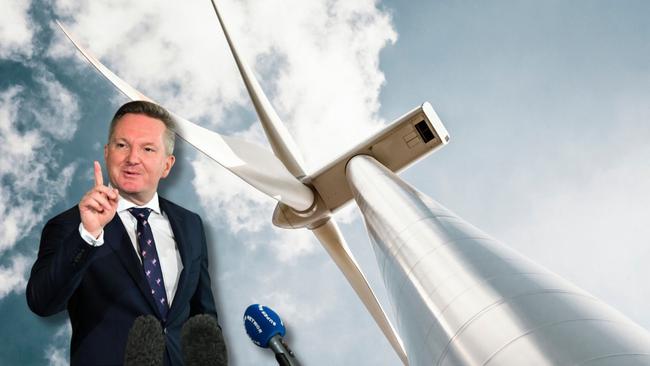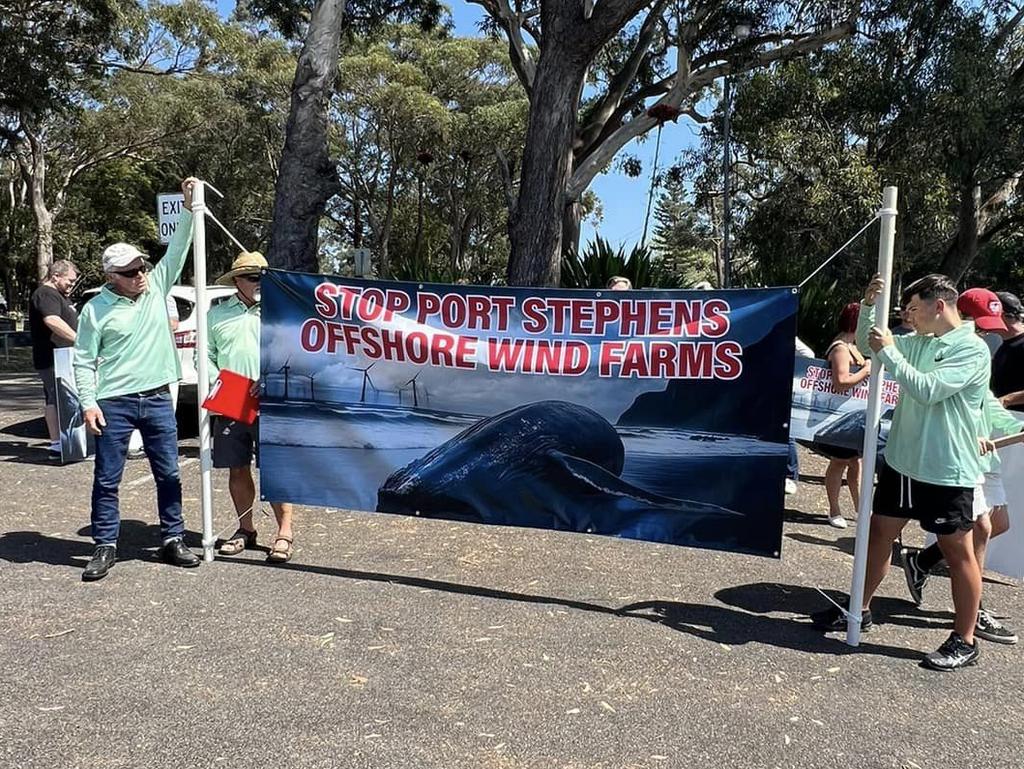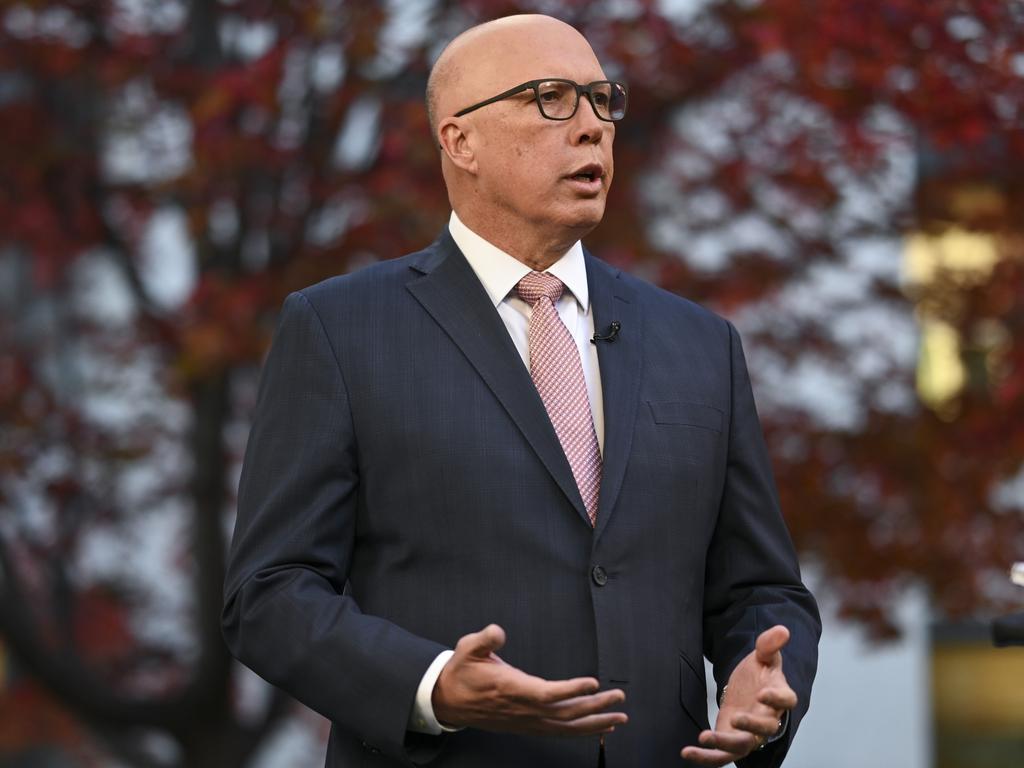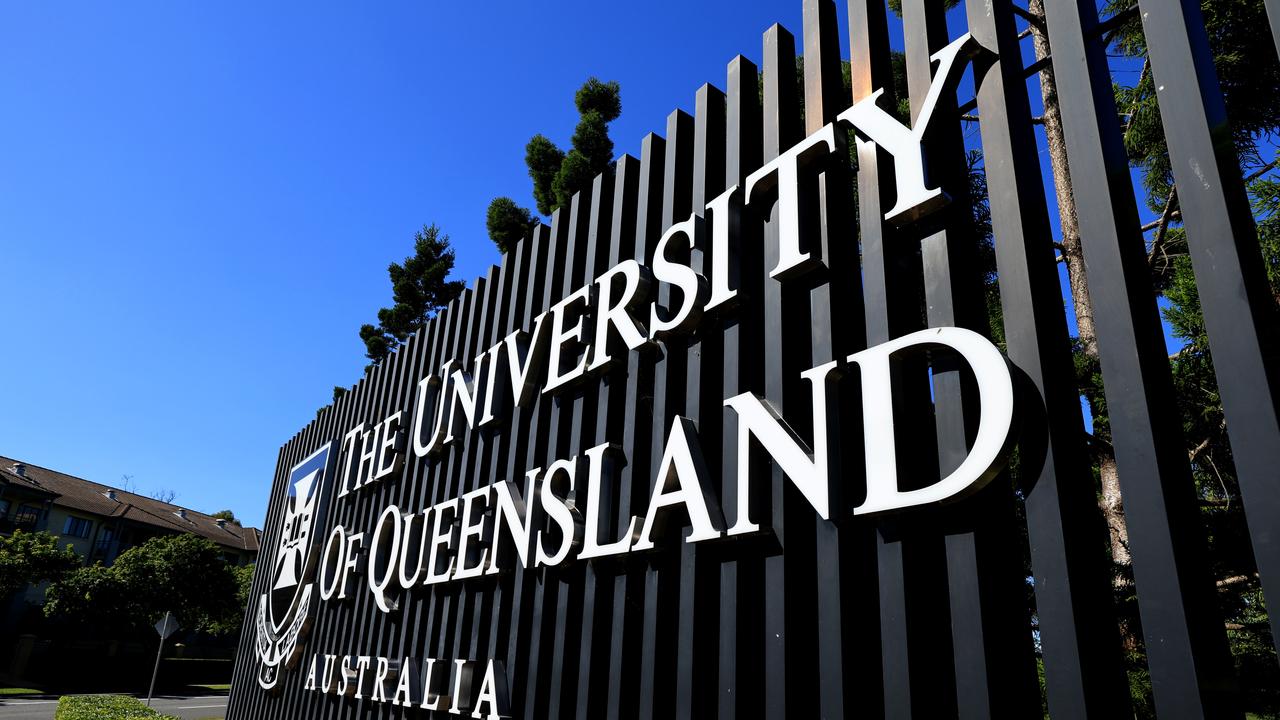
In a country that loves its beaches and oceanic way of life, dead whales are never going to be a poster child for sustainable living.
In recent weeks the offshore wind industry suffered credibility blows on two fronts. In Britain, low-cost estimates put by industry to government for electricity generated by offshore wind have been put to the test and found wanting. In the past, offshore wind was able to bid low prices but take a high spot price. But the rules were changed, forcing projects to deliver electricity at the price they bid. In the latest auction round, no offshore wind project made an offer, despite the government-subsidised price being doubled. Costs are rising because of inflation and higher than expected maintenance and running costs.
A more potent challenge is being mounted in the US where environmental campaigner Michael Shellenberger has put to the test official claims that offshore wind farm developments are not responsible for a spike in stranding and deaths of endangered North Atlantic right whales along the east coast of the US.

Shellenberger’s findings are presented in a documentary, Thrown to the Wind.
Shellenberger says there appear to be at least two distinct mechanisms by which wind industry activities are killing whales. The first is through boat traffic in areas where there hasn’t historically been traffic. The second is through high-decibel sonar mapping that can disorient whales, separate mothers from their calves, and send them into harm’s way, either into boat traffic or poorer feeding grounds.
Shellenberger says whale deaths caused by boat strikes are not unrelated to windfarm works, as some have sought to claim, but fuelled by them.
The environment movement in Australia has been wilfully blind to the impact of onshore wind developments on birds, local communities and the environments they love, but ordinary people are making their opinions clear to politicians about the sea. They understand what is happening elsewhere and that offshore wind farms require more than simply floating or fixed pylons and gigantic blades. There must be networks of sub-sea cables to bring the power to market.
The federal government is responsible for offshore wind because it controls commonwealth waters that start three nautical miles from the coastline and extend to the boundary of Australia’s exclusive economic zone.
Chris Bowen has declared two areas as being suitable for offshore wind. One is at Gippsland off the Victorian coast. The second area covers 1854sq km between the central coast and Port Stephens. The Energy Minister says the Hunter area has the potential to generate up to five gigawatts of wind energy, enough to power an estimated 4.2 million homes and create 3120 construction jobs and another 1560 ongoing operational jobs.
Yet the government is facing a building torrent of community opposition to the plans. The rest of the world is finding out that offshore wind has its cost and environmental limits.
As a result, developers face a lengthy process that will be more difficult than the government might have expected. There is nothing as unattractive for voters or politicians as a beached whale.








Chris Bowen is on a mission to convince Australians that offshore wind is the best way to meet the nation’s tougher greenhouse gas emissions targets. Yet things are not always going the way of big wind. This energy transition is being met with angry opposition and unexpected costs globally.